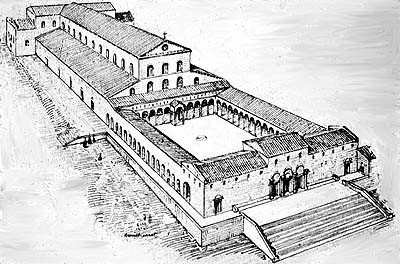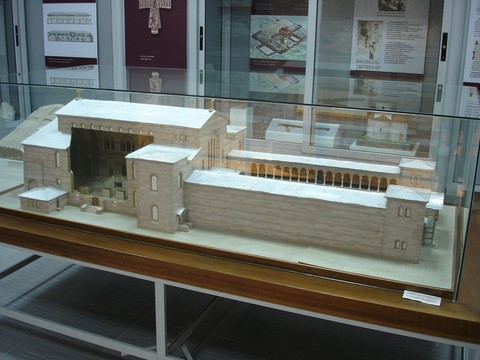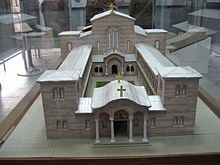Bulgaria's Early Medieval Cities of Pliska and Preslav: were they really built to resemble 700-year older Roman cities?
by Gunnar Heinsohn
Bulgaria’s urban explosion during the Early Middle Ages, which matches the scope of city building in Rome’s imperial period some 700 years earlier, takes the excavators by surprise because even Constantinople cannot not show any new building between 600 and 800 CE. Actually “nothing is known about Byzantine cities from the 7th to the 9th c. CE“ (Kirilov 2006, 181). Whilst the most powerful empire of the Early Middle Ages lacks any urban ambition, the Bulgarian newcomers (...) boldly recreate huge Roman urban ensembles whilst the rest of Europe appears to haven fallen asleep in a dark age. It is this absolutely extraordinary, even ravenous, urban appetite of former steppe dwellers that makes the Bulgarians sensational and unique all over Europe. Without question, they add their own touches – like certain patterns on their ceramics. Yet, basically they return to Roman patterns whilst the new Rome, Constantinople, could not achieve anything in terms of city building during the same period.
Go to article in pdf
9th cent. AD

The old basilica of Saint Peter in Rome (built by Emperor Constantine or his son) 4th cent. AD



